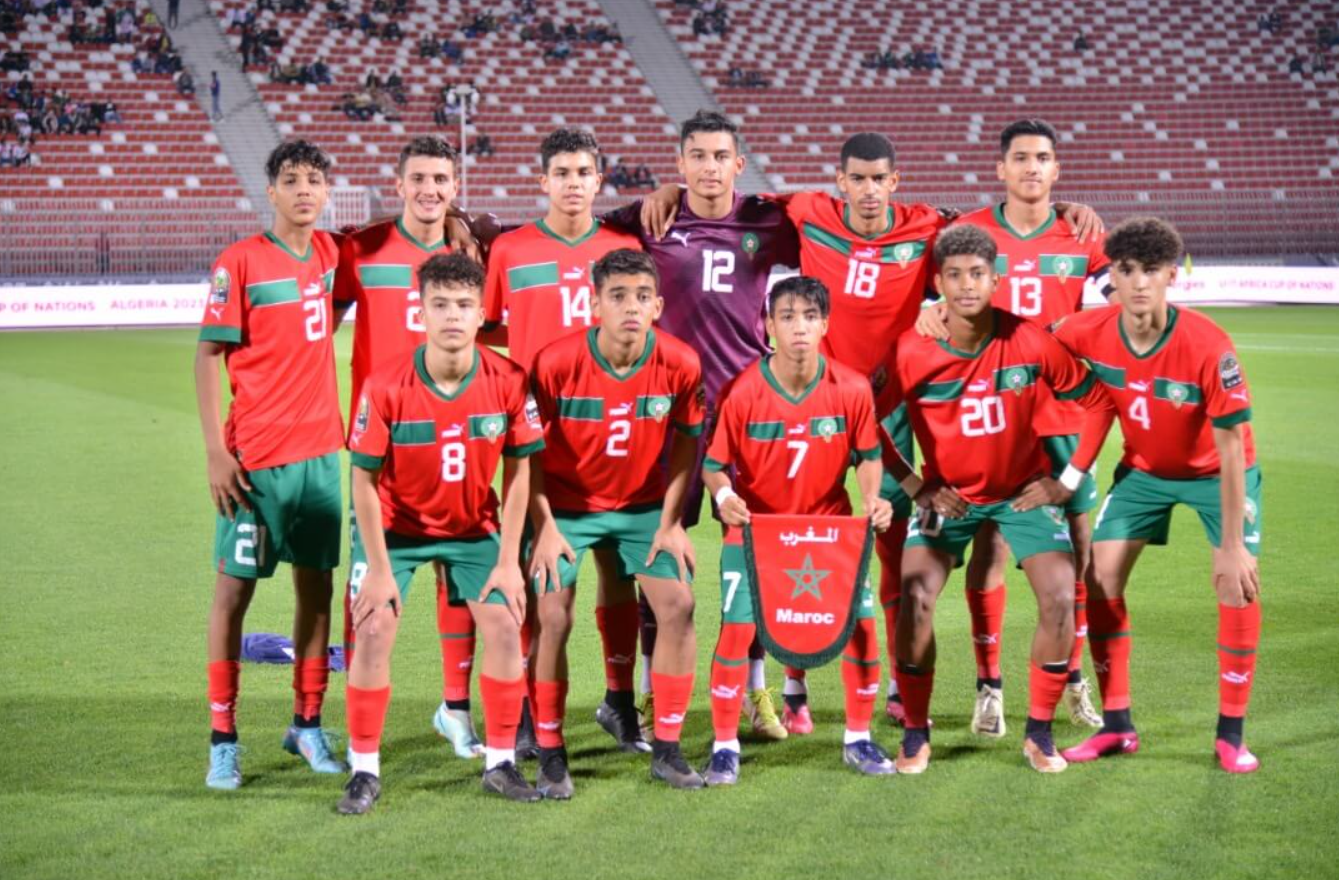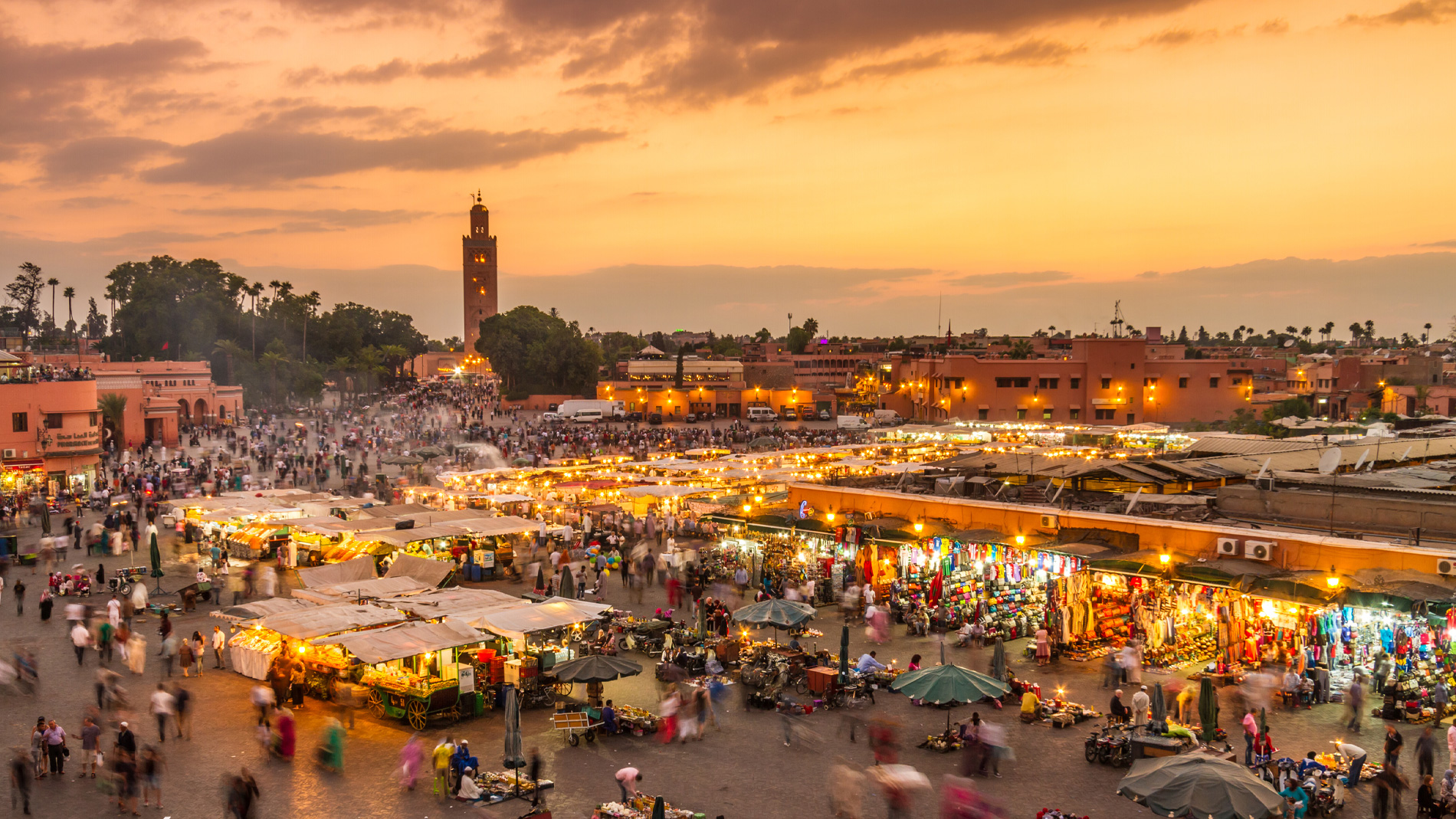Morocco, under the leadership of King Mohammed VI, has attached utmost priority to sustainable water management in the context of recurrent drought and adverse climate change impact.
Morocco, already one of the most water-stressed globally, has seen a sharp decline in rainfall, impacting water reserves, leading to a depletion of groundwater and undermining the agricultural sector.
The King has been at the forefront of Morocco’s pre-emptive water strategies. Building on the legacy of his father late King Hassan II, King Mohammed VI urged building more dams designed to supply urban centers and farms as well as the use of non-conventional water resources, notably desalination.
Acting on the monarch’s directives, the state has allocated 14 billion dollars over 2020-2027 to securing water resources and improving water management.
As part of that program, Crown Prince Moulay El Hasan kicked off in June construction works to build Casablanca’s desalination plant with a capacity of 300 cubic meters, enough to meet the fresh water needs of 7.5 million people.
Following the example of an operating desalination plant in Agadir and a developing one in Dakhla, Casablanca’s plant will allocate 50 million cubic meters to irrigation.
The program also provides for building different sizes of dams across the country and investing in water saving.
As for waterways, works are ongoing to connect the Bouregreg basin to Oum Rabia and press ahead with desalination plants as well as wastewater treatment.
Thanks to a farsighted approach, Morocco’s second largest tourist hub, Agadir, was spared water rationing and water cuts after a desalination plant started pumping fresh water to households and adjacent farms in 2021.
Morocco also invested in waterways, linking the water-rich Sebou basin to the Moulay Abdellah Dam near Rabat, which also supplies Casablanca.
Morocco also plans to increase its wastewater treatment capacity to 85% to be used in irrigation of farmlands.



